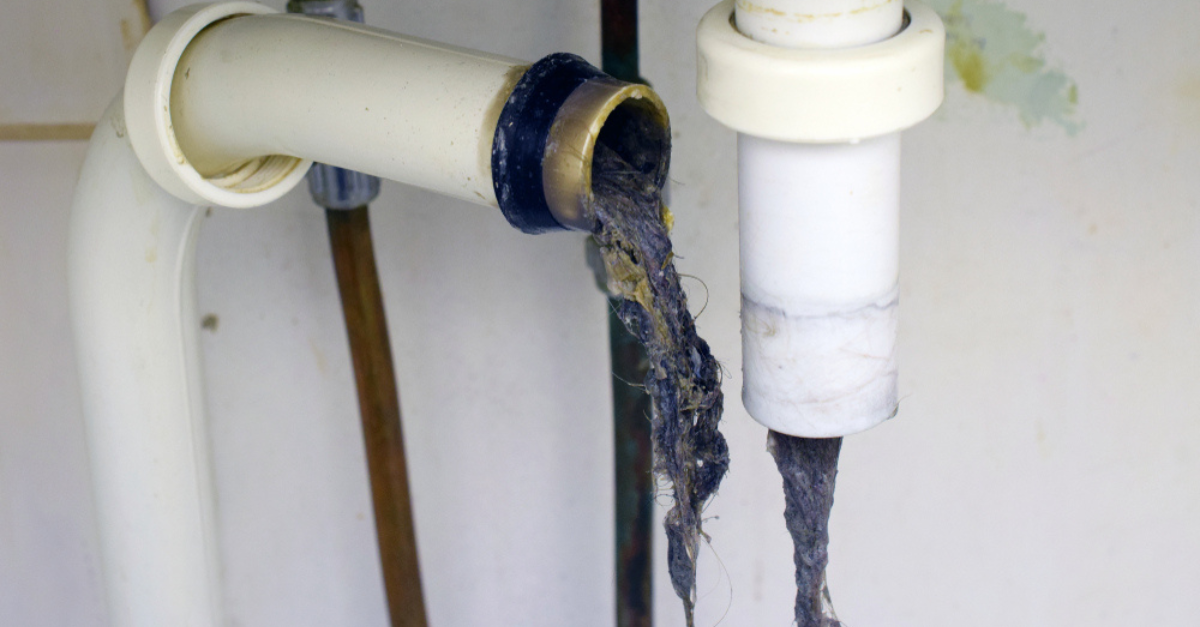Sewer Line Cleaning: Essential Maintenance for Your Home's Plumbing Health
Sewer line cleaning is a crucial aspect of home maintenance that often goes overlooked until a problem arises. This essential service helps prevent costly repairs and ensures the smooth operation of your home's plumbing system. From addressing slow drains to preventing sewage backups, regular sewer line cleaning can save homeowners significant time, money, and stress in the long run.

How often should sewer lines be cleaned?
The frequency of sewer line cleaning depends on various factors, including the age of your home, the condition of your pipes, and the presence of trees near your sewer line. As a general rule, most plumbing experts recommend having your sewer line cleaned every 18 to 22 months. However, homes with older pipes or those with a history of frequent clogs may benefit from more regular cleanings. If you notice signs of sewer line issues, such as slow drains, foul odors, or gurgling sounds from your toilets, it’s best to schedule a cleaning sooner rather than later.
What methods are used for sewer line cleaning?
Several techniques are employed for effective sewer line cleaning:
-
Hydro Jetting: This powerful method uses high-pressure water to blast away debris and buildup inside the pipes. It’s particularly effective for removing stubborn clogs and restoring pipes to their original diameter.
-
Snaking: A plumbing snake, also known as an auger, is a long, flexible tool that can break up and remove blockages. While less powerful than hydro jetting, snaking is often sufficient for minor clogs and is generally more affordable.
-
Camera Inspection: While not a cleaning method per se, camera inspections are often used in conjunction with cleaning services. A small camera is inserted into the sewer line to identify the location and nature of blockages or damage, allowing for more targeted cleaning and repairs.
What are the signs that your sewer line needs cleaning?
Recognizing the signs of a sewer line problem can help you address issues before they become severe. Some common indicators include:
-
Multiple slow-draining fixtures throughout your home
-
Gurgling sounds from toilets or drains
-
Foul odors emanating from drains or your yard
-
Sewage backups in toilets, sinks, or bathtubs
-
Lush, overgrown patches of grass in your yard (which may indicate a leaking sewer line)
If you notice any of these signs, it’s advisable to contact a professional plumber for an inspection and potential cleaning.
How can homeowners prevent sewer line issues?
While regular professional cleaning is essential, there are several steps homeowners can take to maintain their sewer lines:
-
Be mindful of what goes down your drains. Avoid flushing non-biodegradable items or pouring grease and oil down the sink.
-
Install drain screens to catch hair and debris before they enter the plumbing system.
-
Regularly clean and maintain your home’s p-traps to prevent buildup.
-
Consider using enzyme-based drain cleaners periodically to help break down organic matter in your pipes.
-
Be cautious about planting trees near your sewer line, as roots can cause significant damage over time.
What are the costs associated with sewer line cleaning?
The cost of sewer line cleaning can vary depending on factors such as the severity of the blockage, the cleaning method used, and your location. Here’s a general overview of pricing for common sewer line cleaning services:
| Service | Average Cost Range |
|---|---|
| Snaking | $100 - $300 |
| Hydro Jetting | $350 - $600 |
| Camera Inspection | $200 - $500 |
| Comprehensive Cleaning (including inspection) | $500 - $1,000 |
Prices, rates, or cost estimates mentioned in this article are based on the latest available information but may change over time. Independent research is advised before making financial decisions.
It’s important to note that while the upfront cost of professional sewer line cleaning may seem high, it’s often much less expensive than dealing with the aftermath of a severe sewage backup or damaged pipes. Regular maintenance can help prevent these costly emergencies and extend the life of your plumbing system.
In conclusion, sewer line cleaning is an essential aspect of home maintenance that should not be overlooked. By understanding the importance of this service, recognizing the signs of potential issues, and taking preventive measures, homeowners can ensure the longevity and efficiency of their plumbing systems. Regular professional cleanings, combined with proper care and maintenance, can save you from the headaches and expenses associated with major sewer line problems.






